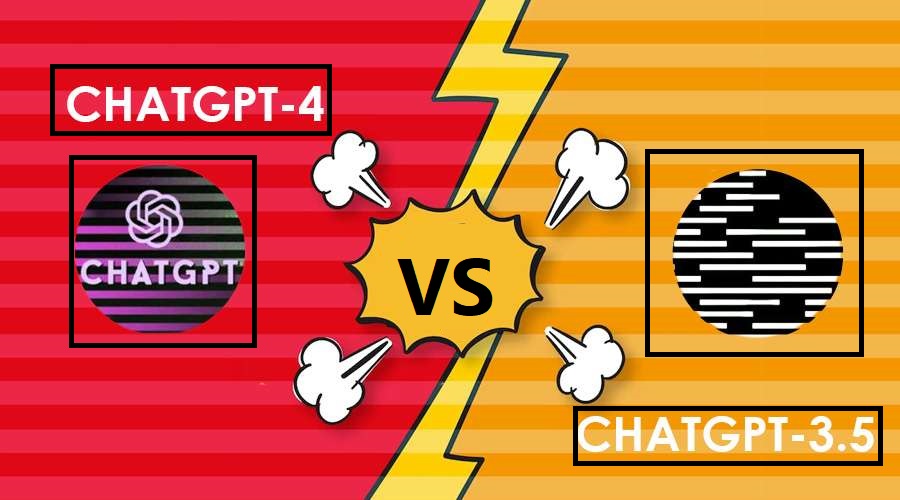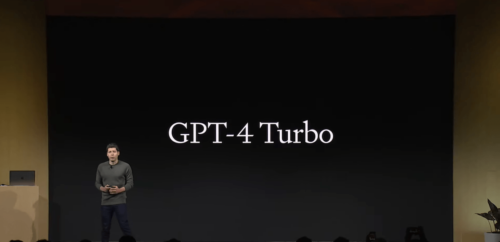Introduction
In recent months, we’ve witnessed a substantial enhancement in ChaGPT 4’s speed, particularly when compared to its predecessor, GPT-3.5. This article delves into the data, demonstrating the decreasing response times of GPT-4. While response speed may vary depending on the nature of the query, the overall trend indicates a significant uptick in efficiency.
Understanding Response Times
In this section, we’ll discuss response times and their variations.
Breakdown of Response Time
- Round Trip Time: The time it takes for a request to travel to and from the GPT-4 model.
- Queuing Time: The duration a request spends in the queue before processing.
- Processing Time: Analyzing how request processing time fluctuates based on the complexity and length of the query.
Impact of Request Complexity
In this section, we’ll explore how the complexity and length of a request influence response times.
Request Complexity
- Simple Requests: Exploring how straightforward queries result in quicker responses.
- Complex Requests: Discussing scenarios where even longer queries can yield prompt replies.
Median Request Latencies
In this section, we’ll compare median request latencies for GPT-3.5 and GPT-4, shedding light on their average performance.
GPT-3.5 vs. GPT-4
- Average Response Times: Highlighting the consistency in response times, which remain under 1 millisecond per token for both models.
Remarkable Reduction in Slower Responses
This section focuses on the substantial improvement in response times for slower queries.
The 99th Percentile Latency Improvement
- Latency Reduction: Discussing the significant reduction in latencies for slower queries in just three months.
Conclusion:
While chaGPT-4 may come at a higher cost, it’s no longer slower for the majority of queries. This enhanced speed and efficiency make it a valuable tool for a wide range of applications.




